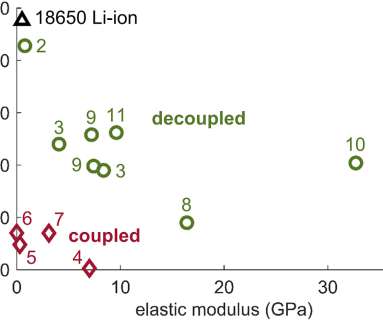Researchers show feasibility of lithium-metal-free anode for Li-air battery; addressing one of three main barriers to Li-air battery development
Green Car Congress
NOVEMBER 1, 2012
The elimination of the lithium metal anode addresses one of the major issues affecting the development of the lithium-air battery: the safety hazard of the anode. “ The third issue has not even been considered since, to our knowledge, all of the Li-air works so far reported refer to batteries based on lithium metal as the anode.












Let's personalize your content